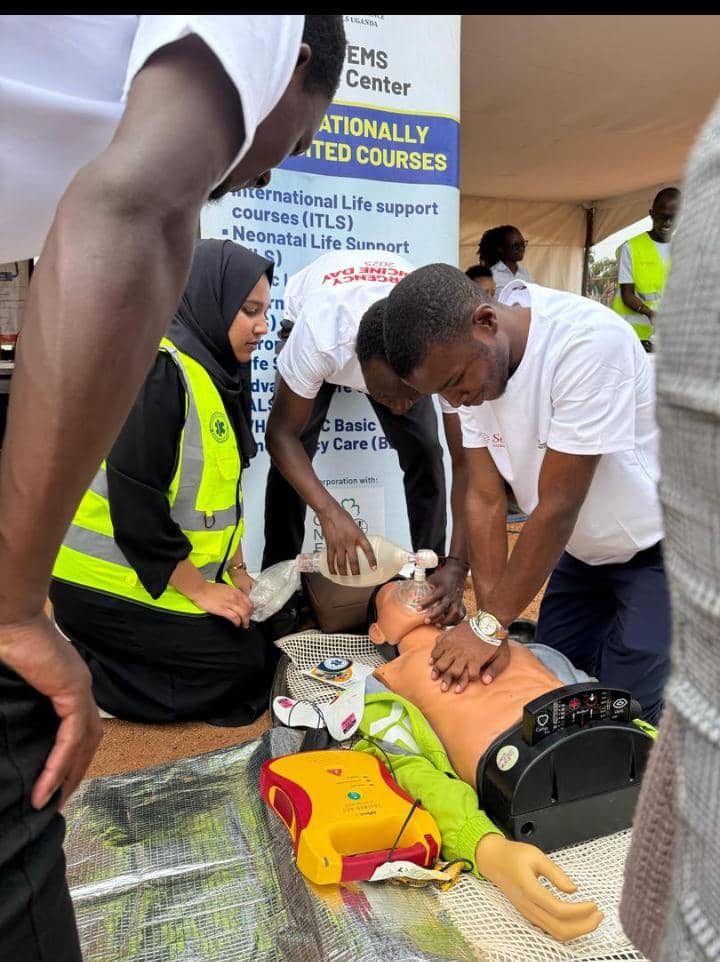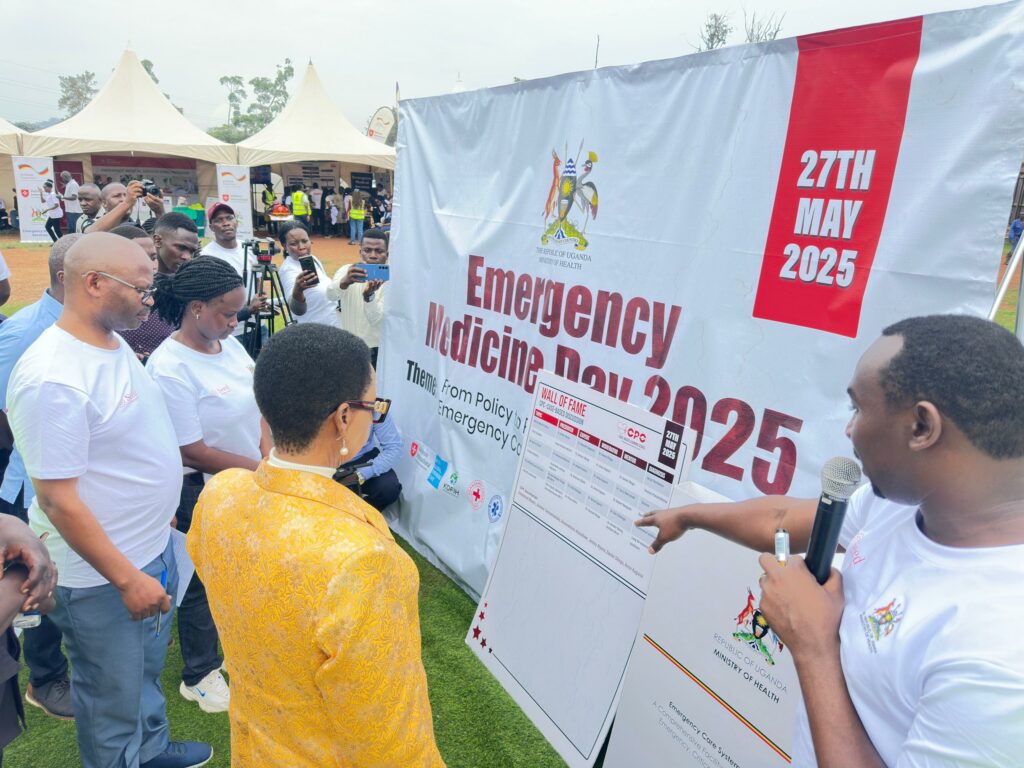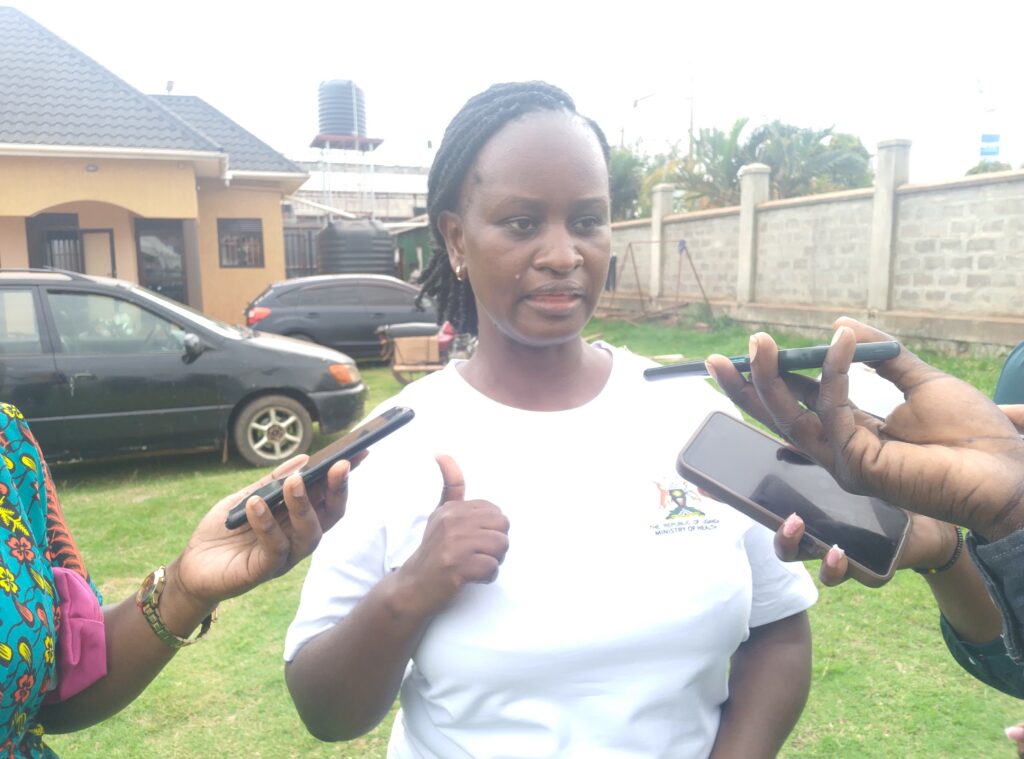
 Mama FM
Mama FM

 Mama FM
Mama FM
28 May 2025, 1:03 am
By Bymukama Alozious
On the first-ever Emergency Medicine Day, the Ministry of Health and key stakeholders issued a strong call for urgent development and investment in Uganda’s emergency medical care system. Despite some progress since the 2018 emergency care system assessment led by the World Health Organisation (WHO), critical gaps in equipment, personnel, and services continue to cost lives.
“We still record high death rates due to trauma, road traffic injuries, infectious diseases, and mental health conditions,” said Dr. John Baptist Waniaye, Commissioner of Emergency Health Services at the Ministry of Health. “Emergency medicine must be prioritised to ensure rapid and competent responses to life-threatening situations.”
The event, attended by officials from the Ministry of Health and its partners—including the Minister in Charge of General Duties, Hon. Hanifa Kawooya—highlighted Uganda’s ongoing struggle to meet emergency needs across the country. Although there has been some improvement, such as the growing number of Type C ambulances in urban areas, rural regions remain severely underserved. Most ambulances in upcountry areas are Type A, which lack critical equipment such as oxygen, defibrillators, and trained emergency physicians.

Herbert Luswata, President of the Uganda Medical Association, pointed out that emergency services often lack basic tools like X-rays, ultrasound machines, and CT scanners—even in national referral hospitals like Mulago.
“Patients with head injuries are sometimes referred outside for scans, losing critical time,” he said. “We need proper equipment and a trained emergency workforce.”
Irene Atuhairwe, Country Director at Seed Global Health, emphasised the need for localised emergency care.
“We want to have many trained emergency professionals so a case in Gulu doesn’t have to wait for Kampala,” she said.
She also noted that 70% of emergency cases in Uganda are trauma-related, with urban areas contributing significantly to preventable deaths—especially among the youth due to road crashes.
“Statistics indicate that 10 people between the ages of 20 and 29 die daily due to poor emergency care,” she stated in an interview with reporters.

Despite the presence of emergency medicine training programs at Makerere University and Mbarara University of Science and Technology, few specialists are absorbed into the public health system. Luswata called for increased budget allocations to recruit and deploy emergency physicians nationwide.
Stakeholders also urged the public to refrain from photographing or filming accident scenes and instead prioritise first aid and swift communication with emergency services. They called for greater public education on emergency care, better-equipped health facilities, and enhanced policy and budgetary support.